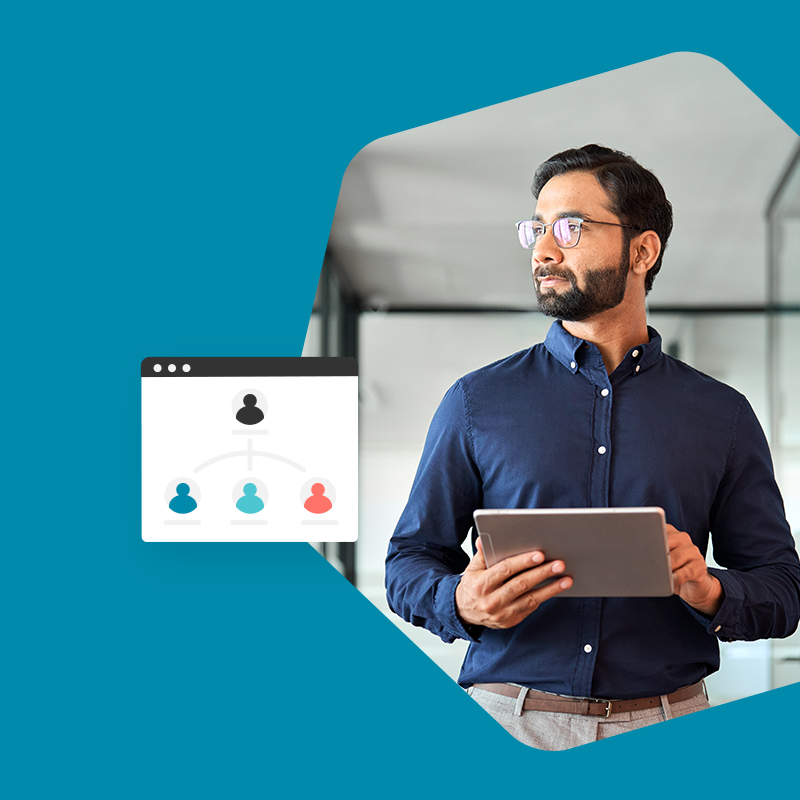Do you know what the most cost-effective motivation source is in the workplace? Employee recognition. Formally recognizing good work is one of the primary sources of fulfillment in the workplace for individuals.
Before we start, here is a one-line definition of employee recognition: Employee recognition is the acknowledgement of the work done by workers in monetary or non-monetary terms.
Recognition increases morale, motivation, productivity, retention, and engagement. Keeping all of these things in mind, it’s imperative to design an employee recognition system that actually delivers on these results.
Here are five best practices for employee recognition.
1. Clear Programs and Outcomes
Having a clear policy in any program is the foremost responsibility. You must first have an understanding of the employees’ wants and decide how you will streamline a new process in order to fulfill their requests. In doing so, you must involve the workers’ feedback.
While writing and designing the policy and its desired outcomes, you could conduct a survey to gain these insights. These can be on the performance parameters for recognition, preference in type of rewards, frequency of credit, who should handle recognition, etc.
Having constructive feedback on these ideas will help you build the program that best suits your workforce.
2. Designing the Rewards and Recognition Program
After you set the policy and guidelines, it is time to design the actual rewards and recognition program based on the feedback. If possible, try to use both monetary and non-monetary based recognition.
Make sure the non-monetary acknowledgment for peer-to-peer recognition is accessible by all workers. This will increase engagement, visibility, and also help build a better team. For the monetary rewards, make sure management is involved and on board.
3. Various Options of Rewards
In your recognition program, you should also have a vast array of rewards options for workers. Workers often have different preferences for incentives. Therefore, multiple reward options are best.
Some of these can be a redeemable points-based system, token system, gift card, cash, etc. One modern and effective option is the use of virtual cards as part of your reward palette. When choosing the best virtual card, focus on those featuring popular shopping brands or a wide range of online services to cater to different preferences amongst employees. These will give a choice to the workers to get what suits their needs best, which will ultimately result in a happier workforce.
4. Effective implementation
After going through all the design processes, ensuring a smooth implementation is the next step. This is where your leadership team needs to step in. Leaders must have clear communication of the new program in order to facilitate proper coordination among the teams.
The implementation must be properly aligned with the policy, understood by all employees, visible to the entire organization, and properly rolled-out
5. Measure and Follow up on changes
After the program has been rolled out, you must measure the results and follow up on any necessary changes. It’s normal for adjustments to be needed in the first stage of implementation. Proper follow-up measures are essential for a better functioning system.
Conclusion
These were the five best practices that will help you design a reliable employee recognition program.
Recognition programs are no small or easy task, which is why there are many third-party employee recognition programs that can do the job for you.
One example is Vantage Circle- An Employee Benefits and Engagement Platform. They offer an interactive and fun way to do employee recognition with loads of monetary and non-monetary modes of recognition with special and all-exclusive corporate deals.
Another example is the Betterworks Recognition tool. Within Betterworks, peer-to-peer recognition is easy, visible, and encouraged across the entire organization.
Employee recognition programs are a crucial resource for attracting and retaining talent. Dedicating the effort to designing the best program for your team can only benefit you and your employees.






